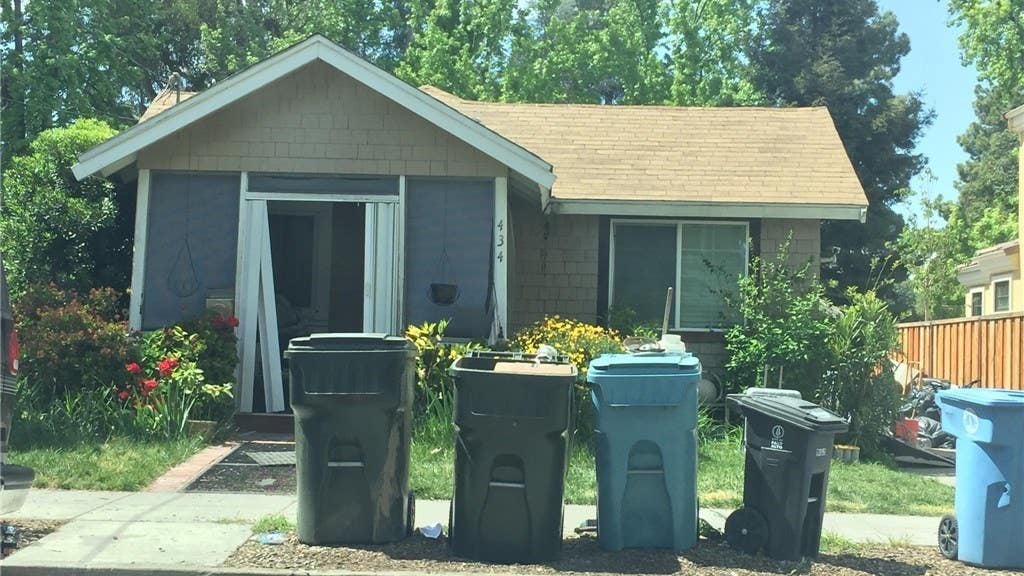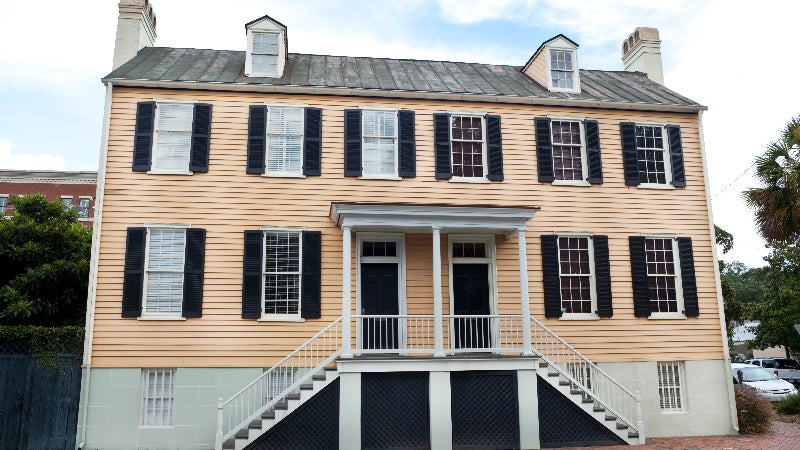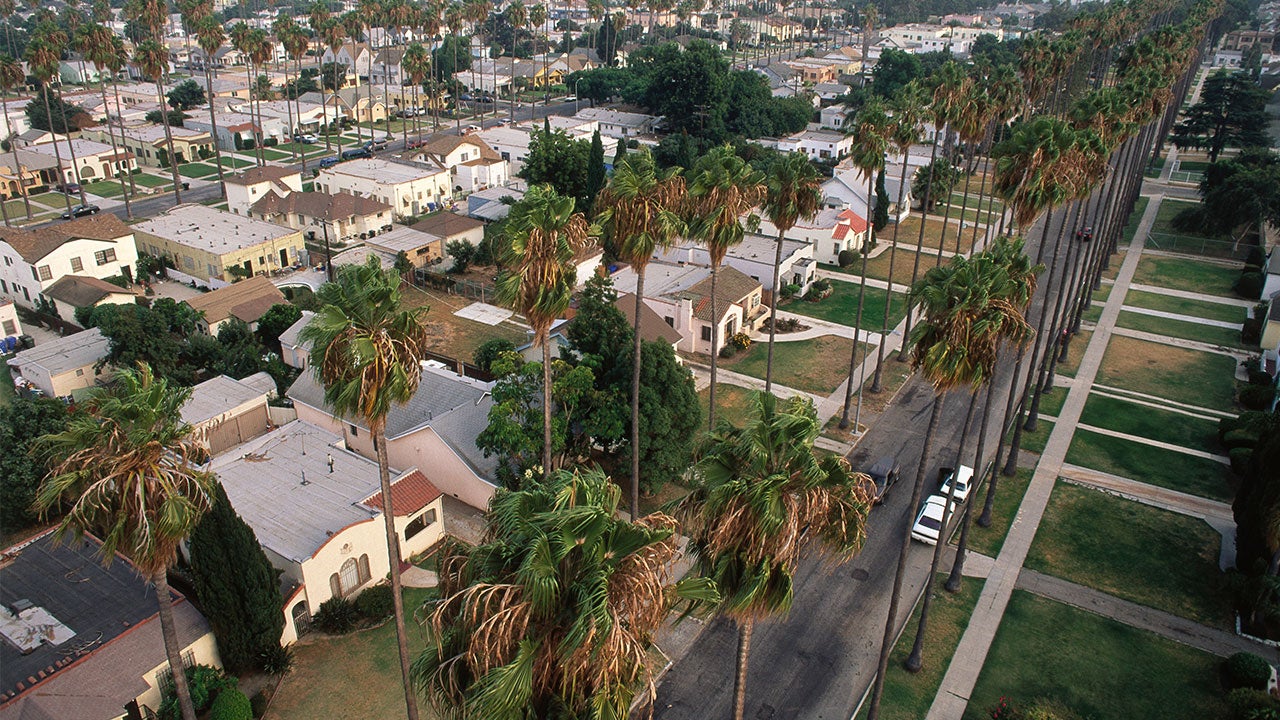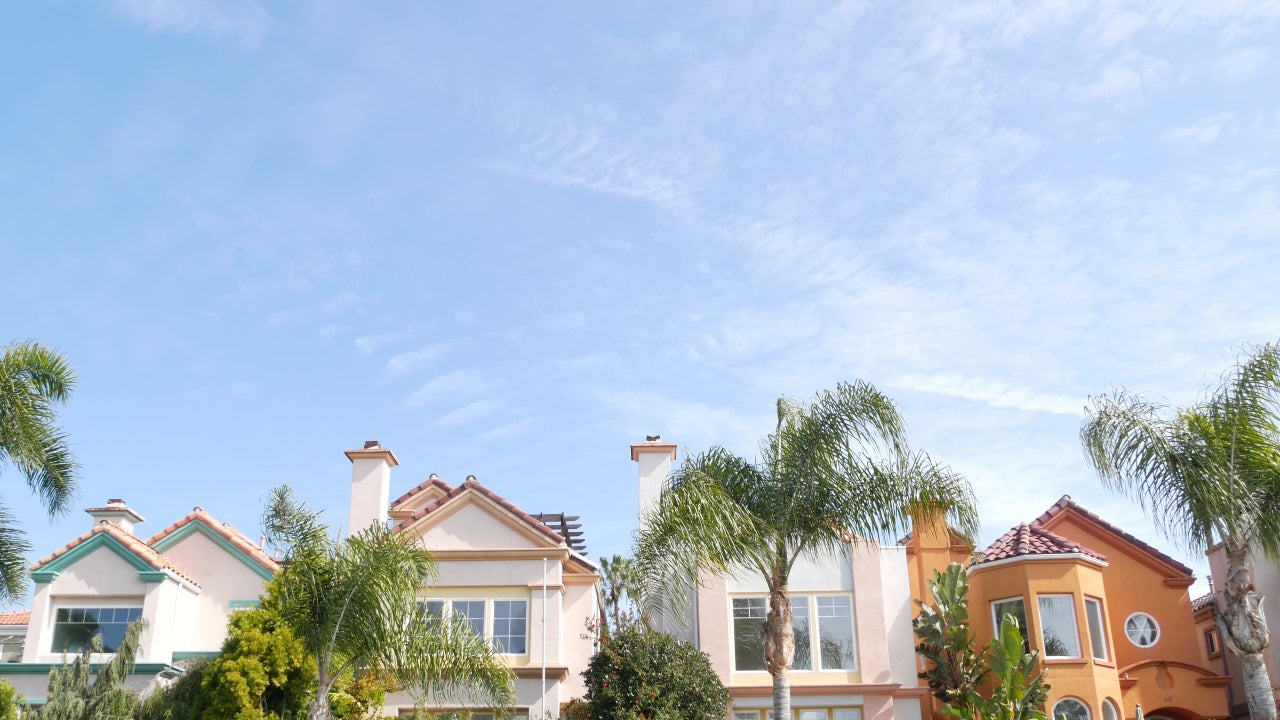A tiny Silicon Valley starter home sold for a shocking $1.8 million — and it may reveal an ominous sign for the housing market

Most people in most parts of the U.S. would laugh at a $1 million-plus price tag for a house the size of some kitchens. In Palo Alto, California, they’re laughing all the way to the bank to apply for a mortgage. Here, a 804-square-foot house built in 1916 fetched almost $1.8 million in August.
The modest cornflower blue and beige home has two bedrooms and one bathroom on a 5,000-square-foot lot not far from the 101 freeway. In one of the most expensive cities in the country, where the median sale price for single-family homes was $3.2 million in August, this starter home, which sold in 2003 for $100,000, seems like a deal.
And these houses aren’t sitting around waiting for buyers. According to Realtor.com, the median age of inventory here is 24 days, which is fast for homes at this price point.
It’s not uncommon for Palo Alto buyers to either remodel or knock down the old structure and build new, says Javier Vivas, director of economic research at Realtor.com. In a market where half of the homes were built before 1968, land makes up two-thirds of the home value. “This is a great market for construction and remodeling,” Vivas says.
Who can afford Palo Alto?
The birthplace of Google and Facebook, Palo Alto is the epicenter of Silicon Valley — a place synonymous with innovation as much as it is with outrageous fortune. The median household income is $145,000, which is 2.5 times higher than the national average.
The problem is houses are 10 times more expensive, making it tough for most folks to find affordable housing, according to Vivas. “Only 15 to 20 percent of households can afford to buy here.”
Many of the buyers are tech entrepreneurs and foreigners. Corporations and private LLCs are snapping up Palo Alto property, at twice the rate of the rest of California. Similarly, people who have the funds to flip property here are doing so at double the rate of the rest of the U.S., according to Realtor.com.
People who don’t earn high six- and seven-figure incomes struggle to find housing, says Vivas. Many people resort to renting houses with other families or renting a single room in a house. Some tech workers will get corporate housing for a few months, but after that they’re on their own, sometimes sleeping in cars and on couches.
Kate Downing, an attorney in Palo Alto, made headlines in 2016 when she wrote an open letter resigning from her position from the Palo Alto Planning and Transportation Commission, citing the high cost of living as the reason.
“After many years of trying to make it work in Palo Alto, my husband and I cannot see a way to stay in Palo Alto and raise a family here. We rent our current home with another couple for $6,200 a month; if we wanted to buy the same home and share it with children and not roommates, it would cost $2.7 million and our monthly payment would be $12,177 a month in mortgage, taxes, and insurance. That’s $146,127 per year — an entire professional’s income before taxes. This is unaffordable even for an attorney and a software engineer,” Downing wrote.
The future looks scary for affordable housing
The Silicon Valley enclave is home to just 61,000 people; and that number is starting to shrink, according to Vivas. Last year, Palo Alto lost about 310 residents and there’s no sign of that number rising.
“When we looked at migration data this year, population is on the decline. People are leaving Palo Alto to other places in the state,” says Vivas.
The real estate market is starting to cool, as well, says Avi Urban with the Sereno Group in Los Altos, California.
“There’s no question that the market has slowed down. For the first time in years, I’ve seen my clients say that they’re going to stop looking,” Urban says.
There are several reasons for the slowing market, affordability being just one of the problems, Urban says. The federal crackdown on H-1B visas — denials rose by 41 percent in the latest available figures — is also contributing to the slowdown. A number of foreign-born workers in Silicon Valley depend on these visas and without them they can’t work in the U.S. H-1B visas are temporary visas given to foreign workers, with special skill sets, because there are not enough American workers to fill those positions.
“The new administration’s H-1B policy is turning people away. Silicon Valley is a magnet for people coming from all over the world. They don’t want to invest in a community that they can’t stay in,” Urban says.
Not only are home prices exorbitant, but rent is unaffordable for many people, too, says Urban. The average rental price for an 815-square-foot apartment in Palo Alto is $3,034, according to RentCafe. For a two-bedroom apartment, renters will pay an average of $3,616 per month. For a family of four, this living situation can be tenuous.
“Affordable housing is a huge problem here. What happens to the teachers, firefighters, people who work in restaurants? Not only can they not purchase but they can’t rent. You can’t have a healthy community like this,” Urban says.





